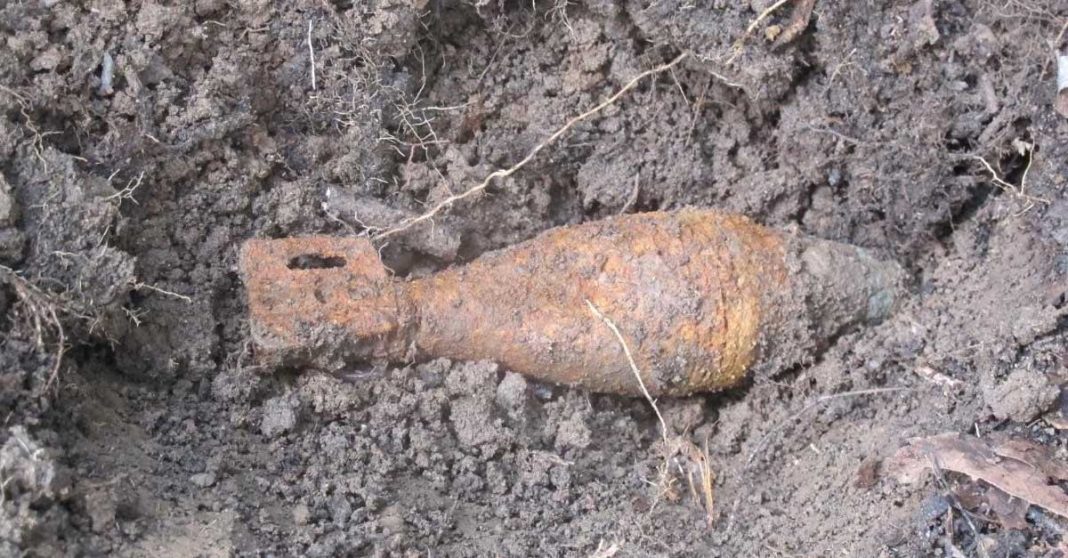International donors and local officials pledged to step up efforts to remove the last bombs in Laos while the unexploded ordnance (UXO) clearance operation is still underway.
In a visit to Xieng Khouang Province on 8 November, Deputy Minister of Foreign Affairs Phoxay Khaykhamphithoune led a group of foreign contributors from Canada, Japan, South Korea, New Zealand, and the United States, to an inspection of clearance-project sites across the region.
The delegation also met with provincial authorities to monitor disposal mechanisms in targeted villages.
Only a few days earlier, in Phaxai district, Xieng Khouang, Lar was having a normal day when she stepped dangerously close to a BLU-26 bomb, the Mines Advisory Group (MAG) UXO Visitor Information Centre reported.
Stories like Lar’s are not uncommon across the province and beyond, where bombs continue to explode half a century after the war ended.
Laos is the world’s most heavily bombed country per capita. With two million tons of cluster bombs dropped on Laos during the second Indochina War (1964-1973), bombs are still on the country’s soil and seriously threatening the lives of people in rural villages.
Xieng Khouang Province has cleared over 18,000 hectares of land and destroyed nearly 600,000 UXO items. Today, 42 million UXO units remain in the area.
However, thanks to continuous efforts from the Lao government and international supporters, the country has witnessed remarkable improvement in UXO clearance over the past decade.
“There have been a number of improvements made in the sector to ensure efficient delivery of land release and risk education across the country,” said Eli Mechanic, Country Director, MAG Laos.
The sector is also working actively with the National Regulatory Authority to continuously improve standards of operations, according to Eli. In 2022, Laos reached the land clearance target envisaged in the country’s Convention on Cluster Munitions.
Eli believes this success was also possible because of the increase in funding from both private donors and foreign countries, including the US, UK, and Norway.
“Obama pledged to increase funding for the UXO sector in Laos when he visited in September 2016. At the time, he pledged USD 90 million over a 3-year period, which was double what the sector was receiving in 2015,” he said.
In Laos, clearance is done manually using a systematic approach to ensure every inch of land is covered, Eli explained to The Laotian Times. Lanes are marked on the ground with ropes, and metal detectors are used to find unexploded bombs hidden beneath the surface.
“It is a slow process, as all signals from the detector must be carefully investigated and all items safely demolished at the end of the working day,” he said.
However, the nation is prepared to advance in its efforts to get rid of UXOs thanks to consistent cooperation between the government, local communities, and international players.



